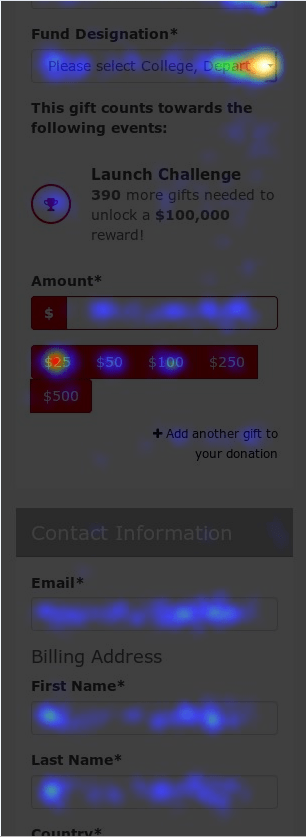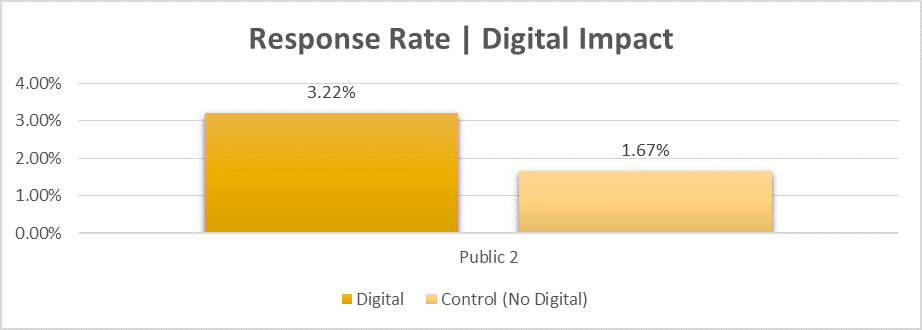fundraising
The OmniChannel Illusion in Higher Ed Fundraising
Marketing buzzwords in fundraising are like honey to bears, we love them. Over the past several months I’ve noticed more institutions mentioning their omnichannel outreach as a sort of golden fleece approach to annual giving and alumni engagement. While I’m a big believer in the effectiveness of omnichannel marketing, once I start investigating it’s seldom omnichannel campaigns that we see institutions executing in higher education fundraising. Instead, it’s multichannel, which brings more channels, more complexity, but not necessarily better results.
So what is omnichannel and how is it different from multichannel? Omnichannel strategy is a focus on the user experience that commonly uses both online and traditional channels in an integrated manner, focusing much more on engagement and interactions and using that data to fuel additional outreach.
Below are 3 examples of how omnichannel is different than what most institutions are doing today:
Focus on the Individual Alumni Donor Experience
This means thinking less about your outreach calendar or when you want to reach donors and more about how you will continue to engage them as they connect with you. It means ensuring that your channels not only speak with a consistent message, but that when a donor takes an action, that it triggers a follow up email or a phone call from a student or a set of retargeting digital ads or all three of those things launch based on the desired outcome.
Omnichannel Example:A donor opens your fiscal year end email clicks on the “give now” button but doesn’t make a gift. This happens far more times than a donor clicking on the link and making a gift. So how do we re-engage that donor. The sample flow below shows how that action should trigger automated responses.

An omnichannel flow is based on what your donors do, not your “calendar.”
Reduce Friction in the Giving Process
Beyond sending people to mobile optimized giving pages, consider how many fields a donor has to complete to make a gift. Fill in areas like suggested gift amount, prepopulated designation to reduce gift cart abandonment. Spend less time focused on making it easy for your gift processing team and more time focused on making it easier for the donors.
Omnichannel Example: Use heatmapping software to understand how people are engaging with your giving page and make adjustments accordingly.

A donation page heatmap example from a recent giving day which shows where donors focus their attention.
Cross Channel Attribution
We’ve talked a lot in the past about channel influence, but we are over obsessed with channel attribution in annual giving, needing to discern the exact ROI, a channel is delivering. Leading organizations are moving toward cross channel attribution. Here’s why, every touch can have a positive or negative impact beyond a gift being made via that channel. Understanding that impact is the right way to look at channels.

Using digital communications in concert with traditional channels can greatly increase response.
Omnichannel Example: Your digital ads have a strong click thru rate, but only a handful of donors are making a gift on the landing page you are driving digital ad clicks to. On the surface the ROI looks negative. However if you start to look at how donors that were part of the ad campaign performed versus that weren’t a part of the ad campaign, you notice a significant difference in response rate overall (almost double). The ad campaign clearly had an impact.
Omnichannel strategy can change your relationship with donors
The above examples are just a few of the key differences between what it means to be multichannel versus omnichannel. While a wholesale change from how you are trying to engage alumni today to a completely omnichannel approach may seem daunting, expecting to turn around the alumni giving participation decline by doing more of the same will be impossible.
If you’d like to learn more about how to create more synergy with your alumni with an omnichannel approach, then watch the webinar I presented with my colleague my colleague Brian Gawor, “How Omnichannel Are You?”
